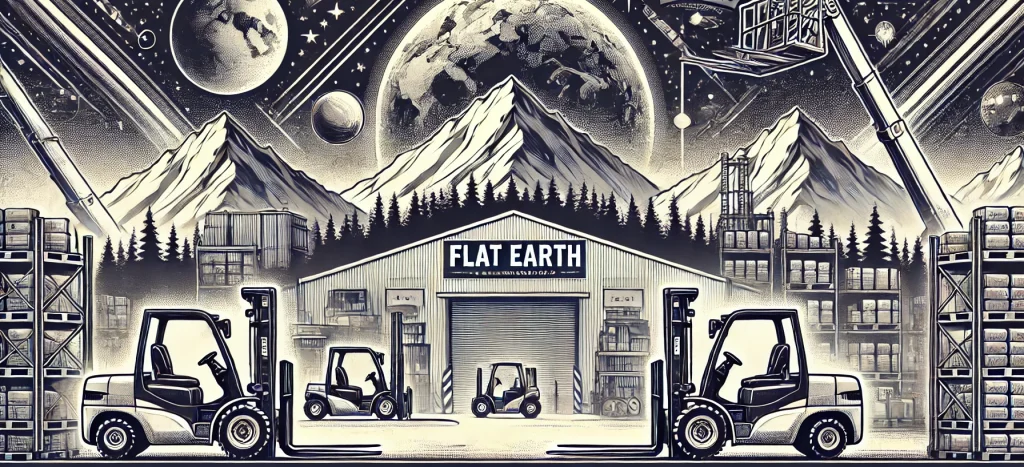Backhoe forks, often referred to as pallet forks, are vital attachments that expand the versatility of a backhoe loader. These tools allow operators to lift, move, and place materials that would otherwise be difficult to manage with a standard bucket.
They are commonly used in construction, agriculture, and landscaping to handle palletized goods and a variety of other items that require the stability and precision forks can offer.

Choosing the right backhoe forks involves considering factors such as weight capacity, tine length, and compatibility with the backhoe’s loader.
It is also essential to ensure that the forks meet safety standards and are made of durable materials capable of withstanding the rigors of the job.
Tapered and forged steel tines are preferred for their strength and ability to firmly grip loads without excessive wear over time.
Installation and operation should be straightforward, with adjustable widths to handle various load sizes.
Reliable backhoe forks can significantly increase a backhoe’s operational capability, making it a multi-functional piece of equipment that can pivot between tasks with ease.
Proper use and maintenance of these attachments promote safety and prolong the service life of both the forks and the backhoe.
Understanding Backhoe Forks

This section covers the various aspects of backhoe forks, focusing on their types, design, and practical usage to ensure you select and use the correct forks for your backhoe loader.
Types and Compatibility
Backhoe loaders can be equipped with fork attachments that transform them into versatile pallet-handling machines.
Pallet forks and bucket forks are common types, each designed for specific loaders and backhoes.
Operators must ensure the forks are compatible with their machinery—usually determined by the bracket or shaft system specific to their loader buckets.
Design and Engineering
Forks for backhoes are engineered for durability and strength.
High-quality forks feature high strength materials and robust shaft bars to accommodate heavy loads.
Design intricacies involve adjustable fork spacing allowing for handling pallets of varying sizes, which is critical to minimizing stress on the equipment.
Installation and Use
Proper installation is pivotal for safety and efficiency.
Forks typically come with an operating manual providing detailed mounting instructions.
Some forks offer hands-free mounting which greatly simplifies the process, while others might require extra mounting brackets or hooks.
Usage instructions ensure operators can avoid unnecessary impact when using drive-in bucket forks.
Additional Features
Certain models may offer features that enhance versatility, such as adjustable tine spacing.
Others are ideal for buckets with or without teeth, and some forks are sold as a kit complete with all necessary components.
When buying, verify if the bucket is sold separately.
Selecting the Right Forks
Select forks based on the size and length appropriate for the machine and tasks at hand.
Fork tines should be of suitable capacities to handle expected loads.
The choice also depends on the level of adjustability and the types of materials the forks will be lifting.
Purchasing Considerations
When purchasing, consider the price against the expected lifespan and capabilities.
Ensure that the forks have the required strength, indicated by a 1″ shaft or similar specifications for the tine construction.
Additional machines may necessitate additional mounting brackets, affecting the overall cost.
